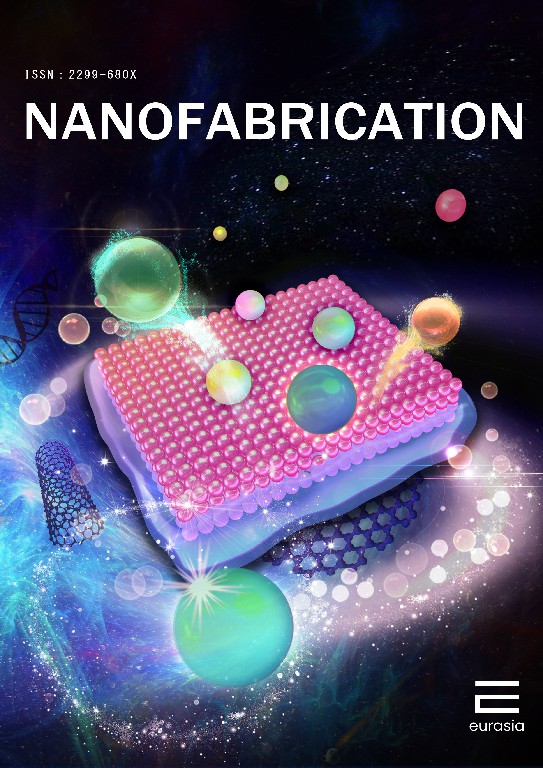Parul Rana, Priya Dhull, Anita Sudhaik, Akshay Chawla, Van-Huy Nguyen, Savaş Kaya, Tansir Ahamad, Pardeep Singh, Chaudhery Mustansar Hussain, Pankaj Raizada
Background: The utilization of photocatalytic materials has garnered significant consideration due to their distinctive properties and diverse applications in environmental remediation and energy conversion. In photocatalysis, several wide and narrow band gap photocatalysts have been discovered. Amongst several photocatalysts, g-C3N4 photocatalyst is becoming the interest of the research community due to its unique properties. But as a single photocatalyst, it is inherited with certain confines for instance higher photocarrier recombination rate, lower quantum yield, low specific surface area, etc. However, the heterojunction formation of g-C3N4 with other wide band gap photocatalysts (ZnO) has improved its photocatalytic properties by overcoming its limitations.
Methods: The synergistic interaction amid g-C3N4 and ZnO photocatalysts enhanced optoelectrical properties superior mechanical strength and improved photocatalytic activity. The nanocomposite exhibits excellent stability, high surface area, efficient separation, and migration of photocarriers, which are advantageous for applications in photocatalytic energy conversion and environmental remediation. The g-C3N4-ZnO nanocomposite represents a material comprising g-C3N4 and ZnO photocatalysts which exhibit a broad absorption range, efficient electron-hole separation, and strong redox potential. The combination of these two distinct materials imparts enhanced properties to the resulting nanocomposite, making it suitable for various applications. Henceforth, current review, we have discussed the photocatalytic properties of g-C3N4 and ZnO photocatalysts and modification strategies to improve their photocatalytic properties.
Significant Findings: This article offers an inclusive overview of the g-C3N4-ZnO-based nanocomposite, highlighting its photocatalytic properties and potential applications in several pollutant degradation and energy conversion including hydrogen production and CO2 reduction.



 Prof. Vijay Kumar Thakur, Biorefining & Advanced Materials Research Centre, SRUC, Edinburgh, UK.
Prof. Vijay Kumar Thakur, Biorefining & Advanced Materials Research Centre, SRUC, Edinburgh, UK. 


